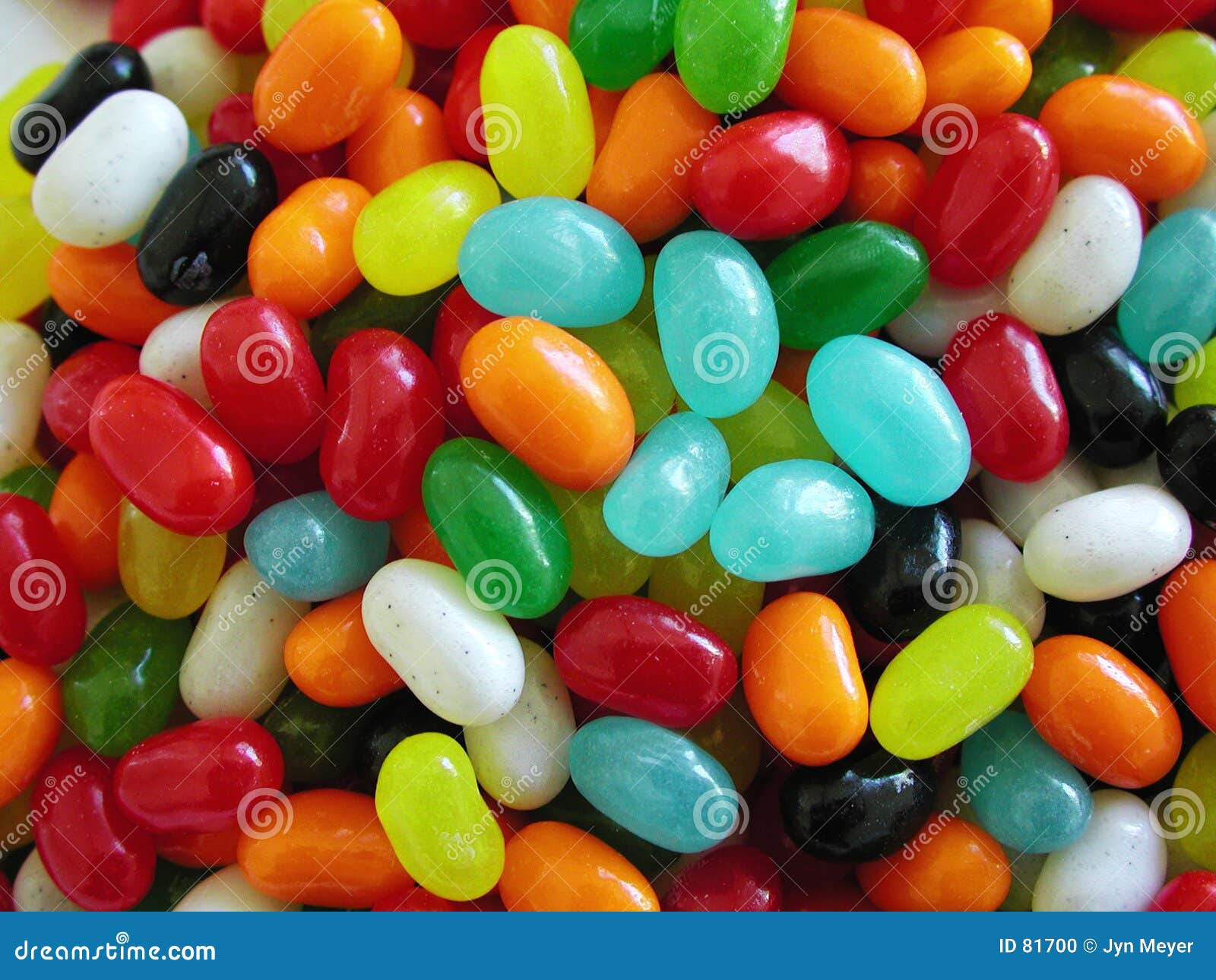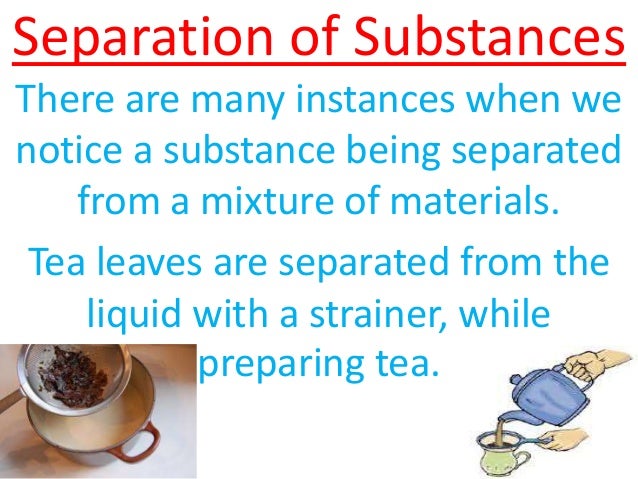SPECIFIC OBJECTIVE: Recognize that all mixtures can be separated.
CONTENT


ENGAGE
Students, by now you should have known what a mixture is, the types of mixtures (solution, suspension, colloid) and the characteristics of each.
Quickly tell someone how well you are able to define each term.
👍 Great job if you were able to do that.
EXPLORE
Now, today we are going to look at an interesting topic. Firstly, I want you to recall what we did in the very first lesson on MIXTURES.
Do you remember this picture?

Ok I would like you to tell me how you think we could separate this mixture of sweets.
Of course we could simply just pick them out according to colours and place them on separate plates. Now this process is what we call hand separation or manual separation.
Do you believe that every mixture can be separated this way? Think of some of the mixtures you did experiment on in both lessons 1 and 2.
Let's read this information below.

Would you say that hand picking was used here to separate the tea leaves from the liquid?
Of course not.
What was used here? Yes, a STRAINER.
Well by now you would have realized that mixtures can indeed be separated, but not all are separated the same way.
Can you think of another way in which a mixture can be separated?
I want you to watch the following video clip to learn of other ways in which mixtures can be separated.
Video clip 1 on how to separate mixtures.
Video clip 2 on ways to separate mixtures
EXPLAIN
Now boys and girls, can you now tell me:
- what is a mixture
- 5 ways in which mixtures can be separated
- explain what each method is
EXTEND
Look at this slide below. Do you see any other method that was not mentioned in the activities above?
I would like you to research what these are.

Look at the following methods as well for note taking.
EVALUATE
1. Look at all the pictures below. They all depict methods of separating mixtures. Write the method of separation beside each picture.



No comments:
Post a Comment